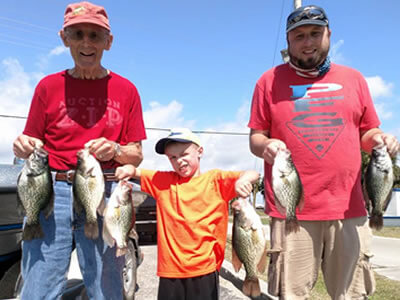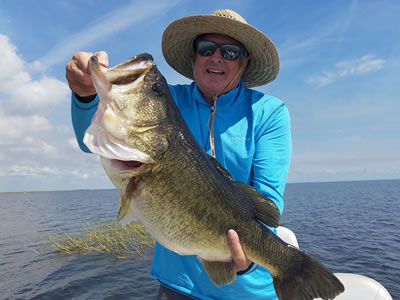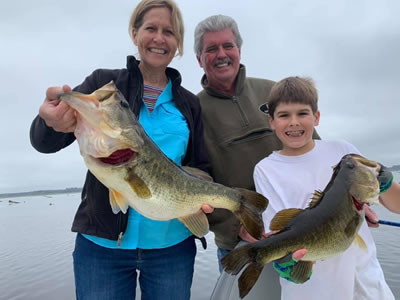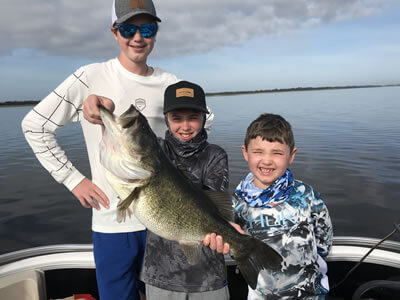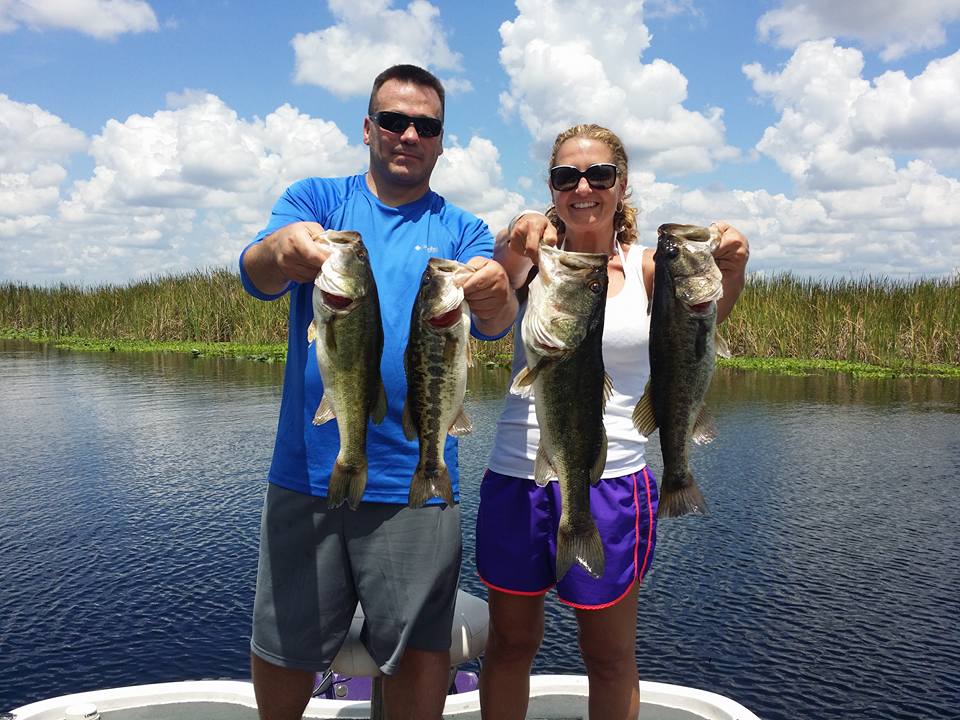Crappie – Speckled Perch
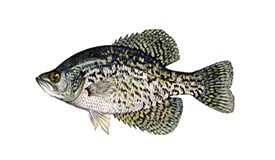
Centrarchidae family
Other Names: papermouths, strawberry bass, speckled bass or specks, speckled perch, white perch, crappie bass, calico bass
Description:
About Crappie
Crappies are tasty, fun to catch freshwater game fish who are a part of the sunfish family. Crappies have other names such as speckled bass, calico bass, papermouth, sauc-au-lait, and strawberry bass.
They are native to the eastern United States and Canada but can be found almost anywhere in America today. Their range has significantly expanded through stocking.
There are two primary types of crappie: white crappie and black crappie. Both species are very similar in habits, size, and shape, with a few minor differences.
Black Crappie Vs. White Crappie
White and Black crappies are very similar and often found in the same waters. The main difference between the two is their water clarity and vegetation preference, so you may find them in different areas of the same water body.
How do you identify crappie
Black and white crappie can be differentiated by color in some cases, matching their respected names. However, they each can vary in color by being completely light or dark. The best way to tell crappie apart is by their markings and dorsal spines.
Black Crappies have irregular dark blotches and 7-8 dorsal spines.
White crappies have compressed bodies with regular dark bars running down their body and 5-6 dorsal spines.
Crappie Habitat
Both Crappies inhabit a similar mix of freshwaters, including lakes, ponds, backwaters pools, slow rivers, and streams. They usually reside in waters less than 12 feet deep that are abundant in weeds and rocks to inhabit.
White crappie are less dependent on vegetation than black crappie. But during the day, they can be found in similar types of areas that have shelter.
They usually are in deeper water during the summer and shallower water in the spring.
Black Crappie Habitat
Black crappie prefer clear, calm water with shade and heavy vegetation to hide in. They are also fond of the sand and mud bottoms located in freshwater bodies.
White Crappie Habitat
White crappie will live in both clear and cloudy areas. Unlike black crappie, they may be found swimming in open waters, but that varies on the time of day.
White crappie swim in open waters in the morning and evening. During the day, they hide in more shallow calm waters near the structure.
When do crappie spawn
The spawning season for crappie varies on location. Water clarity and temperature also influence when crappies spawn each year.
In the south, crappie spawn in late February and March.
In the north, crappie spawn is typically May and June.
When the water temperature is in the high 50’s to low 60’s, crappies start the journey into the shallows to spawn. The spawning process peaks in water temperatures of about 68 degrees Fahrenheit for both black and white crappies. Spawning activity ends by around 72 degrees.
During this time, males will make a nest in shallow waters between 1 and 5 feet deep. The females lay anywhere between 5,000 to 60,000 eggs in a season, depending on their size and age. The eggs take about 2-5 days to hatch.
Black crappies mature at 2-4 years old and are renowned for their fast reproduction rates. White crappies are known to attain maturity at 2-3 years old. Black crappie usually start spawning before white.
Where do crappie spawn:
Crappie build nests in shallow water, usually in depths between 1-6 feet of water.
Crappie’s preferred location to spawn in the shallows is on the firm ground surrounded by a cover for protection.
Crappie Feeding Habits
Crappies mostly feed in the early morning and late at night, frequently being from around midnight to 2am. They are relatively active during dawn and dusk. White crappies feed on zooplankton and insects as juveniles. Once mature, white crappie will start feeding on smaller fish, such as minnows and crayfish.
Juvenile black crappies under 6.3 inches feed on plankton and larvae until they get larger and start feeding on small fish and insects. Mature black crappie consume less fish and more insects and crustaceans than white crappie.
How big do crappie get:
Both crappies average 10 inches in length as adults.
White crappie grow faster but weigh less than black crappie because of their density. Black crappie of the same length may weigh more than a white. Crappies grow quickly during the first four years of life in the south and slower in the north.
The lifespan of crappie
Both have average lifespans of 4 years, occasionally living anywhere from 8 to 10 years. Most of the crappie caught for sport are between 2-5 years old.
For the most part, a crappie’s age can be estimated based on its weight and length, according to the Pennsylvania Fish and Boat Commission.
For example, a nine-inch black crappie at 0.4 pounds will be about 4.2 years old. A white crappie of that same nine-inch length will weigh about 0.3 pounds and be 3.8 years old.
Crappie Fishing Gear
Small jigs or live minnows are both productive when crappie fishing. Crickets, grasshoppers, and worms rigged on a size 10 or 12 bait hook are also effective.
Ultralight spincast reels are a popular rod and reel for crappie fishing.
Minnow fishing seems to be the most popular method for crappie. This may be done under a bobber on a light, medium-sized hook or slow trolling in deeper water with or without a bobber.
If using jigs, the smaller, the better for crappie fishing. Some experienced anglers use jigs as small as 1/80th ounce.
A red or green with white jig and chartreuse jigs are popular colors when fishing for crappie. Light monofilament line with 4 to 6-pound test is best for these lures.
Are crappie good to eat
Crappie have pure, flaky, white flesh that has earned them the reputation among anglers as one of the finest tasting freshwater fish.
How to crappie fish
Crappie can be caught year-round, but fall and spring are the best times. Generally, fishing for crappie is best in the shallows near banks during spring and fall and deep during summer and winter.
It’s possible to catch crappie throughout the day, but they mostly feed at dawn and dusk.
Both crappie can be found in areas with shelters, such as tree limbs and brush piles. Black crappie are commonly caught in clear water near structure. White crappie vary from open waters to structure based on the time of day.
It’s common for there to be numerous crappies in one area.
Look for any windblown areas that may have stirred up microorganisms that attract baitfish, which then attract crappie.
Crappie World Record
The all-tackle world record for white crappie is currently 5 pounds 3 ounces, 21 inches long, caught July 31, 1957.
The all-tackle world record for black crappie is currently 5 pounds 7 ounces, 19.3 inches long, caught May 15, 2018.
Crappie Vs. Bluegill
Both crappie and bluegill are part of the sunfish family. This family also includes largemouth bass, smallmouth bass, and pumpkinseed.
Crappies are larger and heavier with more enormous mouths.
Bluegills are more colorful rounder and have a blue patch on their gill covers.
Both are considered tasty fish. Many agree that bluegills are slightly more flavorful with firmer, flakier flesh.
WHERE CAN YOU FIND BEST CRAPPIE FISHING
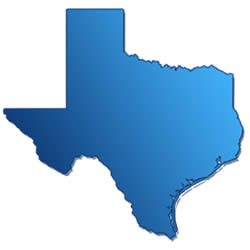
CRAPPIE IN TEXAS
Places like Toledo Bend is consistently a quality crappie fishery. The lake, which splits the Texas and Louisiana border, produces both good quantity and size. Anglers are able to haul in a limit of crappie by fishing cover (logs, stumps, bridges). Also, do not hesitate to fluctuate between live and artificial baits when crappie fishing
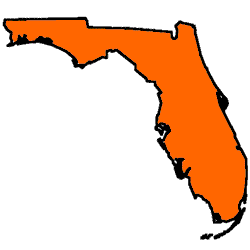
SHAD IN FLORIDA
Florida, Lake Talquin is located just west of the state capital Tallahassee. While Florida has no shortage of excellent bass fishing lakes — Lake Seminole is relatively close — anglers can expect to find one of the top crappie fishing lakes in the country on Lake Talquin. It is also known to produce striped bass, largemouth bass, pickerel, alligator gar, and catfish.
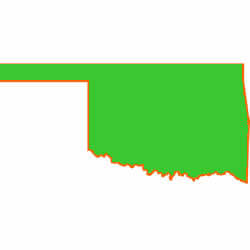
CRAPPIE IN OKLAHOMA
If you want to catch big crappie, Oklahoma’s a great place to start.
If you want perhaps the best crappie fishing in Oklahoma, look no further then Eufala lake.
For anglers who don’t mind a little competition?
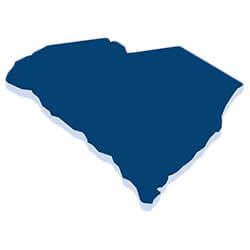
CRAPPIE IN S. CAROLINA
If one of your favorite crappie fishing location is left off this page, you might feel better about this if you live in the South. In reality, the Santee Cooper Lake System includes both the largest Lake Marion and third-largest Lake Moultrie lakes in South Carolina. Combined, these lakes cover an impressive and expansive 170,000 acres.
MORE INFORMATION ABOUT CRAPPIE
